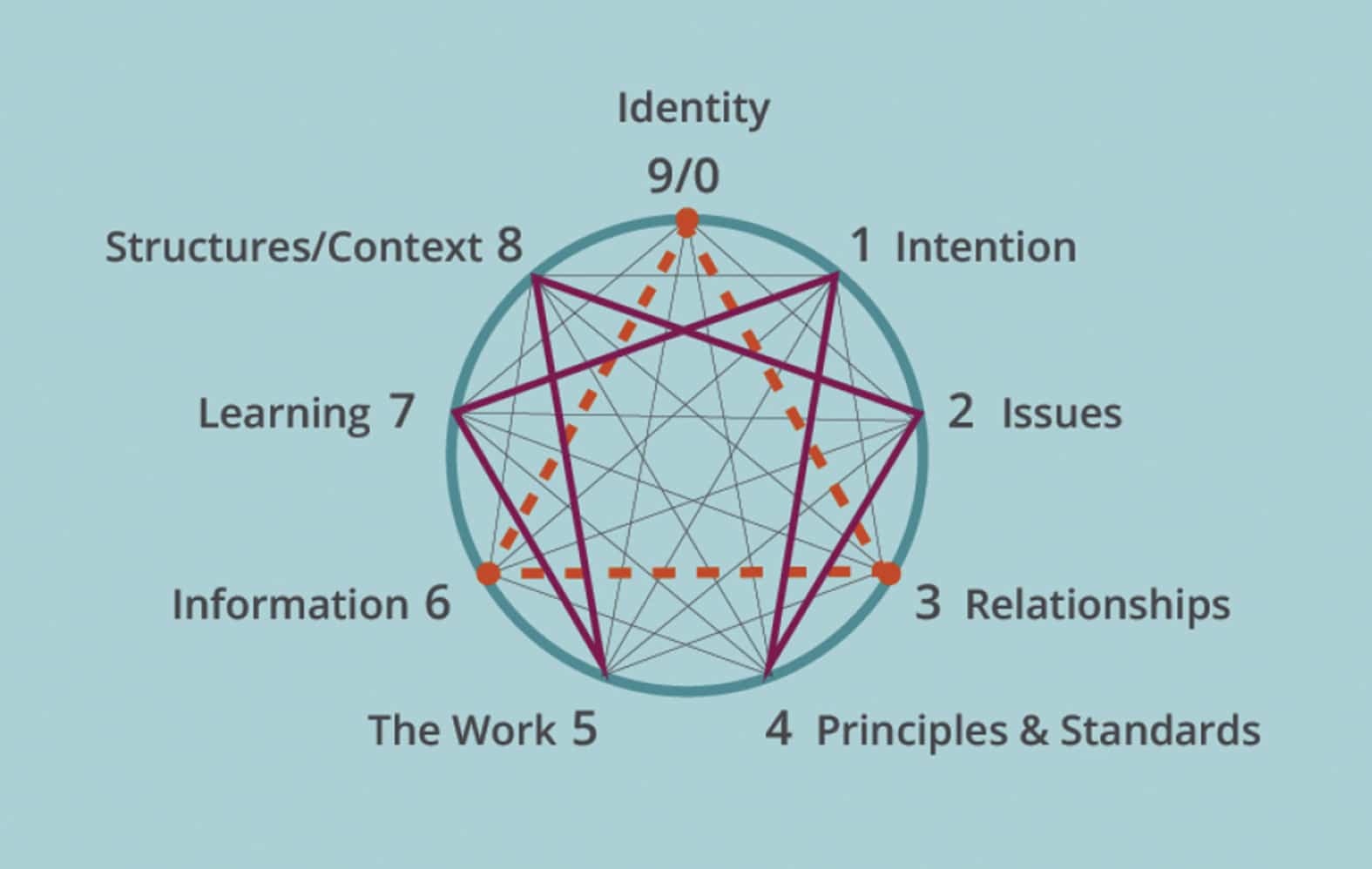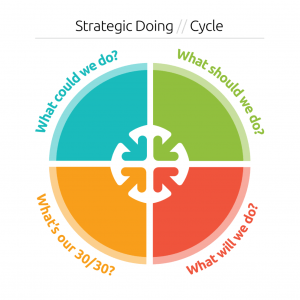Insight
Complexity and collaboration: Richard Knowles talks problem solving for communities, organizations

Click the arrow above to listen to the full audio interview between Richard Knowles of Richard N. Knowles & Associates, Inc and Joe Hamilton, publisher of the St. Pete Catalyst.
Richard Knowles, an organizational anthropologist, joined Catalyst publisher Joe Hamilton in the studio recently, following his lecture at Eckerd College’s ASPEC program.
With a combined 36 years of experience in a large organizations and 25 years of study in organizational systematics, chaos, complexity, and much more, Knowles is known for his community and organization-centered problem solving strategies. Knowles’ practice focuses on complex, non-linear problem solving involving diverse groups, whether within a single organization or within a broader community.
He shares two major problem solving frameworks, used to establish tools, common language and understanding of complex problems.
The first strategy, The Process Enneagram, was developed by Knowles.

The Process Enneagram is a nine term system that encompasses:
-
Current Identity
-
Relationships
-
Information
-
Intentions
-
Principles
-
Tensions
-
Strategies, Structures and Approaches
-
Work
-
Deep Learning
The second strategy, Strategic Doing, was developed by Ed Morrison simultaneous to Knowles’ Enneagram. According to Knowles, Strategic Doing works best for community-type groups, while the Process Enneagram works for more focused, structured organizations like businesses.

Strategic Doing asks four questions:
-
What could we do? What are all the possible opportunities before us, based on the resources that we currently have, that would help us move toward the future we’d like to see?
-
What should we do? We can’t do everything – which opportunities, out of all the possibilities, should we pursue right now?
-
What will we do? What commitments are we going to make to one another to start pursuing that opportunity that we’ve identified as the best one?
-
What’s our 30/30? When are we going to get back together (usually about 30 days from now) to talk about what we’ve learned, to adjust our direction based on those lessons if needed, and to set our course for the next 30 days?
Knowles uses the example of the Flint, Michigan water crisis to explain Strategic Doing. He emphasizes the importance of building a safe space for communicating, sharing ideas, and talking about what kinds of gifts and resources people bring to the table.
Knowles says that engaging a problem with a shared meaning and a shared purpose changes and builds the conversation. He gave the example of work he had done with the City of Niagara Falls. That work resulted in departments talking to one another, saving time and money on insurance, sewer and street repairs.
These strategies of communication allow for win-win scenarios and reconciliation, rather than win-lose scenarios and compromise. Participants have the opportunity to co-create their solutions and their future.
Knowles emphasized the importance of shared language around problems and shared solutions. “Ninety percent of the solutions are already within the community or the business,” Knowles said. “But you don’t know because they aren’t talking to each other.”
“Once you begin to develop a shared picture of what is happening, people are astonished at how much they know,” he explained. “Change happens in organizations or communities one conversation at a time … but you’ve got to do a lot of talking, and got to be purposeful.”

